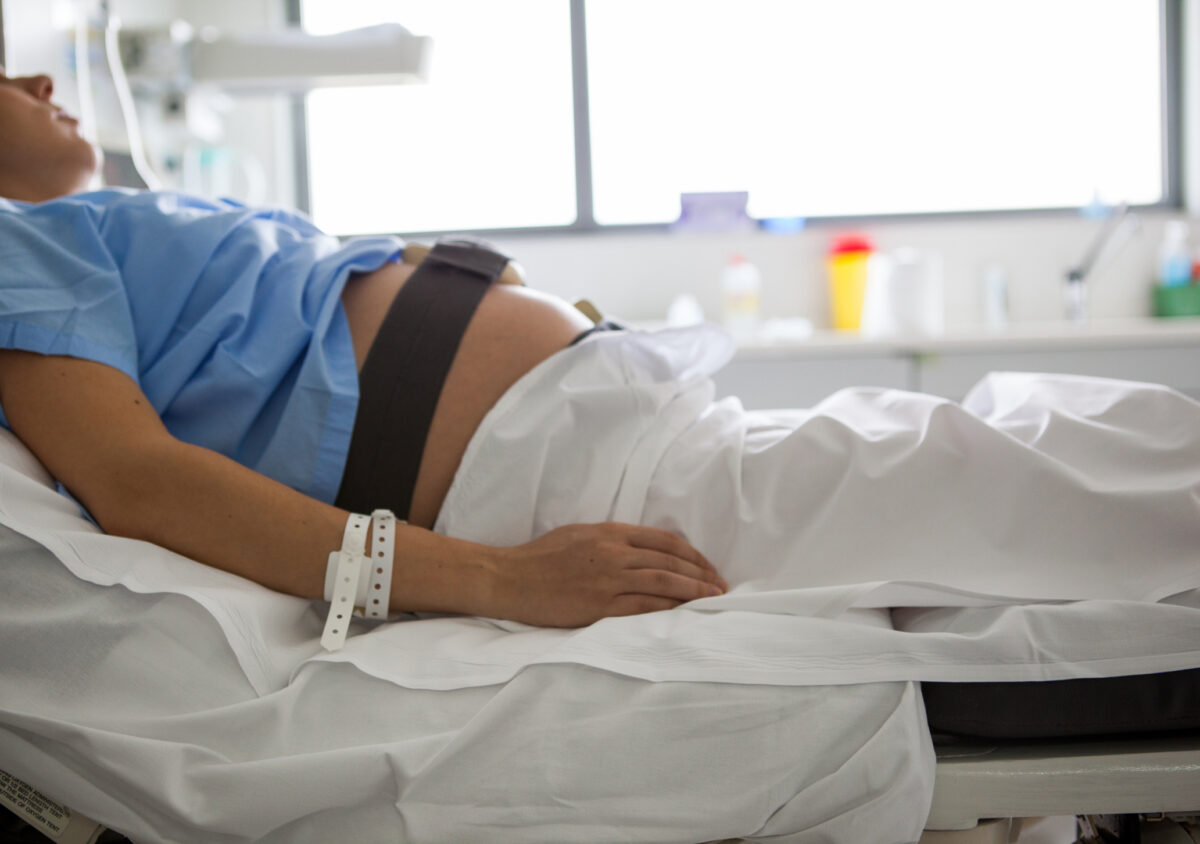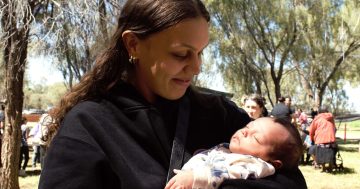
Birthing rates in Australia and NSW are at an all-time low. Photo: Orbon Alija.
For the first time since records on fertility rates across Australia began, the number of babies born per woman has dropped to 1.5 according to the Australian Bureau of Statistics.
NSW had the second-highest rate in the country in 2023, sitting only behind Western Australia with a rate of 1.57, while the ACT recorded the lowest rate at 1.31.
ABS head of demography statistics Beidar Cho said the record low total fertility rate (TFR) was because there were fewer births in most states and territories.
“The long-term decline in fertility of younger mums as well as the continued increase in fertility of older mums reflects a shift towards later childbearing,” she said.
“Together, this has resulted in a rise in the median age of mothers to 31.9 years and a fall in Australia’s total fertility rate.”
Over the past 30 years, the TFR has slowly dropped from 1.86 in 1993. This decline was most prominent among women aged 15 to 19 years where the age-specific fertility rate fell by more than two-thirds (to 6.2 per 1000 women).
The age-specific fertility rate of women aged 20 to 24 years also saw a large decline.
In contrast, the age-specific fertility rate of women aged 40 to 44 years almost doubled (to 15.1 per 1000 women) when compared to 30 years ago.
Meanwhile, women aged 30 to 34 years continue to have the highest age-specific fertility rate (105.2 babies per 1000 women), followed by women aged 25 to 29 years (74.9 babies per 1000 women).
Despite the record low fertility rates, enrolments for Charles Sturt University’s midwifery course have reached an all-time high.
Enrolments in Charles Sturt Graduate Diploma of Midwifery increased by 63 per cent from 2020 to 2024.
Head of Midwifery in Charles Sturt’s School of Nursing, Paramedicine and Healthcare Sciences Ms Alicia Carey said the new curriculum (2024 to 2028) increased student capacity from 100 to 240 students while also increasing the university’s midwifery academic team.
“Charles Sturt’s Graduate Diploma of Midwifery has a long-standing history of providing excellent education and graduate-ready midwives in a collaborative employment model,” she said.
“We have students in small rural maternity services, which allows maternity services to ‘grow their own’, which means local people stay in jobs and smaller sites can continue to provide maternity services rather than being closed due to lack of registered midwives.
With a 63 per cent increase in midwifery enrolments, Professor Grant said, “Charles Sturt is clearly an excellent first choice.”









